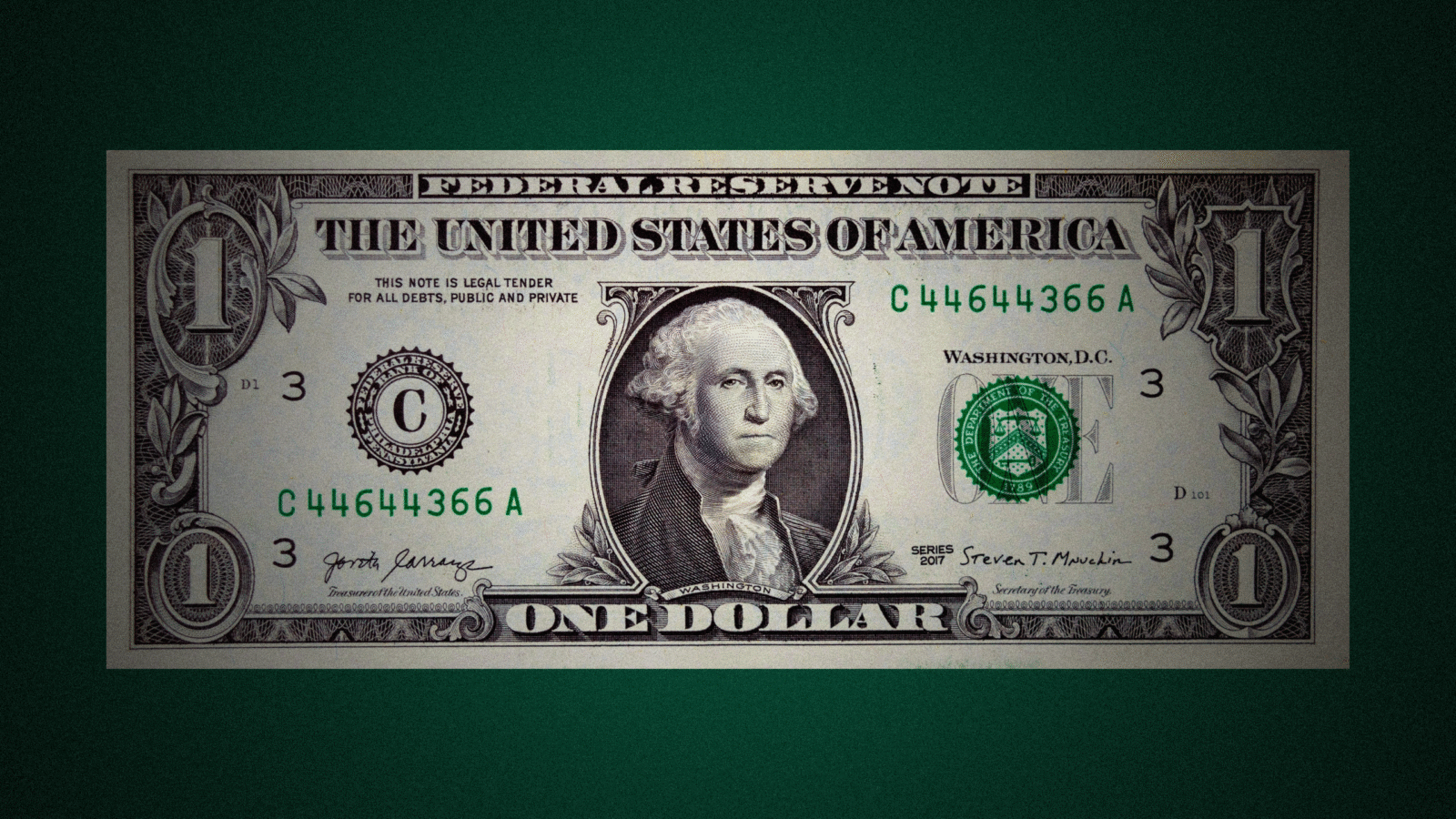Deflation Begins to Hit Durable Goods
Slowing inflation usually means prices are rising, just not as fast as before. But now there is actual deflation.

Sign up for smart news, insights, and analysis on the biggest financial stories of the day.
With stuff like cars, slowing inflation usually means prices are rising, just not as fast as before. But now there is, like, actual deflation — or year-over-year price drops.
And it’s happening to a large subset of “durable goods,” long-lasting items like washing machines and aforementioned cars that ordinarily don’t see much of it, according to a Wall Street Journal analysis published last weekend. The welcome phenomenon (to consumers, if not Detroit and elsewhere in the manufacturing universe) may help expedite the Fed’s goal of a US economy chugging along with just 2% inflation.
Stay on Target
To be clear, economy-wide deflation is typically a big thing, often a harbinger of widespread economic contraction and subsequent doom. But deflation in the right categories can be fine and dandy, economists say. And durable goods are one of those rare right categories. As we all remember all too well, a deluge of nasty post-pandemic supply-chain snarls coincided with a massive spike in demand for big-ticket durable goods sent prices soaring last year — in February 2022, durable goods prices rose more than 10%, the biggest increase in roughly half a century. Fast-forward to this past October and prices fell 2.6% from a year earlier, marking the fifth straight month prices dropping for durable goods experienced deflation, per the newest Commerce Department data.
Morgan Stanley economists expect the deflation trend to continue through at least the midway point of next year due in part to strengthened supply chains, a projection that jives with stabilization tracked by the New York Fed’s Global Supply Chain Pressure Index. In fact, deflation may remain so strong, it unwinds much of overall inflation all on its own:
- Morgan Stanley economists are so confident durable goods deflation will continue that they see overall inflation falling to 1.8% by September of next year, per the WSJ, meaning the Fed could hit 2% inflation far before its 2026 internal projections. This past October, the annualized inflation rate fell to 3.5%.
- In October, new and used car part prices fell 0.4% month-over-month, while home furnishing prices fell 0.2% and recreational goods, which includes expensive items like computers, fell 0.4%.
Greedflation: In addition to strengthened supply chains, a long-gestating consumer snapback against profit-driven price hikes may well be playing a significant role in deflation, according to another Wall Street Journal report. As demand far outstripped supply last year, many companies hiked prices and witnessed windfall profits. Now, shoppers are exploring cheaper alternatives, likely pushing prices down. Walmart, for example, has seen a 50% increase in the number of items experiencing price cuts so far this year, CEO John Furner recently told analysts.
At Your Service: Still, Jerome Powell, among others, has stressed that rising prices for services like housing rent costs and car insurance still need to see a major slowdown to cool overall inflation. Service prices were still up 4.4% year-over-year in October, ahead of overall inflation. But the rent is still too darn high.











